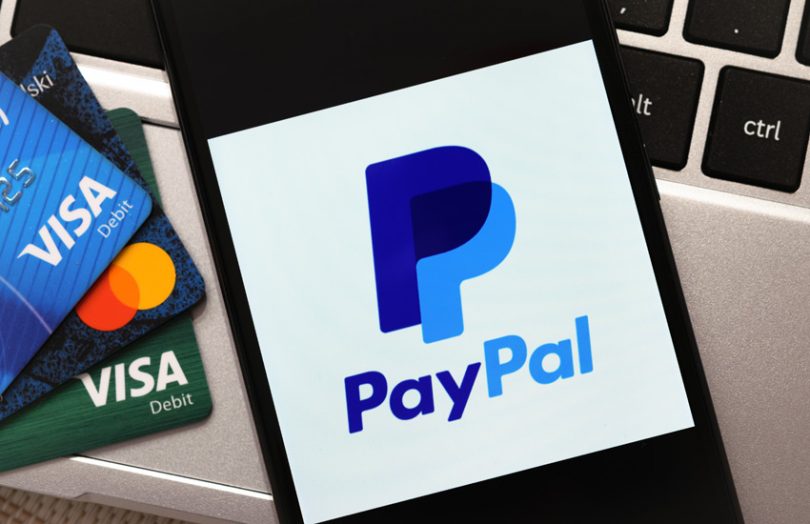Yesterday Mastercard published a blog post in which it said it would natively support digital currencies on its network this year. So cardholders can choose to pay with stablecoins. We briefly contrast the approaches of the big payments firms.
A quickfire comparison
Mastercard is keen to embrace compliant stablecoins and central bank digital currencies (CBDC) sooner rather than later but seems keen to avoid directly touching cryptocurrencies. Both Visa and Mastercard are happy to have their cards used as cryptocurrency on and off-ramps via branded cryptocurrency exchange cards. So far, Visa is taking the B2B2C route when it comes to cryptocurrencies, so not natively supporting them for consumers as yet. And PayPal has gone all-in and provides a cryptocurrency wallet, with Paxos handling the technology.
Mastercard’s focus on stablecoins and CBDC
Coming back to the Mastercard announcement, “This change may open merchants up to new customers who are already flocking to digital assets, and help sellers build loyalty with existing customers who want this additional option,” says the Mastercard post.
The news referred to cryptocurrencies, but a closer reading of the blog post clarifies that it plans to support stablecoins natively because they are less volatile. Even then, to be added to the network, a currency needs to be legally compliant. Additionally, Mastercard said currencies have to include consumer protections and Know Your Customer protocols to avoid illegal activities.
Separately during an earnings call at the end of January (transcript below), Mastercard CEO Michael Miebach touted its central bank digital currency test platform.
While Mastercard might limit the natively supported currencies, it provides cards to enable people to buy and sell cryptocurrencies. It has multiple partnerships with cryptocurrency companies where the cryptocurrency exchange converts between fiat currency and crypto. These include Wirex, BitPay, LVL and Uphold.
Visa’s technology approach
By comparison, Visa has more card relationships with cryptocurrency firms, including Coinbase, crypto.com and BlockFi.
Meanwhile, the Visa CEO recently spoke about the potential to support stablecoins and central bank digital currencies, but it did not sound imminent. However, the company is doing research in this area and recently proposed an offline CBDC payment solution.
Visa considers crypto assets as just another network to support. “To the extent a specific digital currency becomes a recognized means of exchange, there’s no reason why we cannot add it to our network, which already supports over 160 currencies today,” said CEO Al Kelly in January.
Instead, last week Visa unveiled a new set of crypto APIs to enable banks to offer cryptocurrency custody and trading to their customers. This is in association with Anchorage, the custody firm recently granted a digital asset banking charter, and in which Visa has invested $40 million. So Visa is taking a B2B2C approach to cryptocurrencies.
PayPal is all in on cryptocurrency
In contrast, PayPal has taken it a step further and enables its customers to purchase cryptocurrencies directly within the PayPal wallet. And from March, it will also enable them to use them for merchant payments. Last week CEO Dan Schulman was effusive about cryptocurrencies and the added stickiness of its wallet as a result of people constantly checking prices.
Of the three, Mastercard’s seems the most conservative approach, and PayPal the least.
Transcript of CEO Michael Miebach during quarterly results announcement, January 28, 2021
As you’ve surely heard, there’s a lot going on in the digital currency space, with many governments around the world evaluating central bank digital currencies. When a country chooses to issue its own CBDC, like the pilots we’ve seen in countries like Sweden or China or instead, it provides a regulatory framework for private stablecoins or otherwise pursues both public and private options in parallel, we are engaged with central banks through our policy and the solution perspective.
We’ve continued to invest in this space to be ready to co-invest with governments, banks and fintech partners. For example, the virtual test platform that we launched a short time ago is being received well. And our cryptocard programs, including Wirex in the U.K. and Uphold in the U.S., enable consumers to spend their crypto balances within our acceptance network.
This year, we plan on adding digital currency controlled directly on our network, enabling our partners to take advantage of our acceptance reach and settlement capabilities. This will give choice and flexibility for consumers and merchants for what currency they want to use or receive.
Our level of support will vary based on regulations in a given market. It will continue to be guided by our published principles on security, compliance and consumer protections and the value to our stakeholders in determining our involvement in a specific initiative. So there’s certainly a lot going on and significant opportunity ahead.






